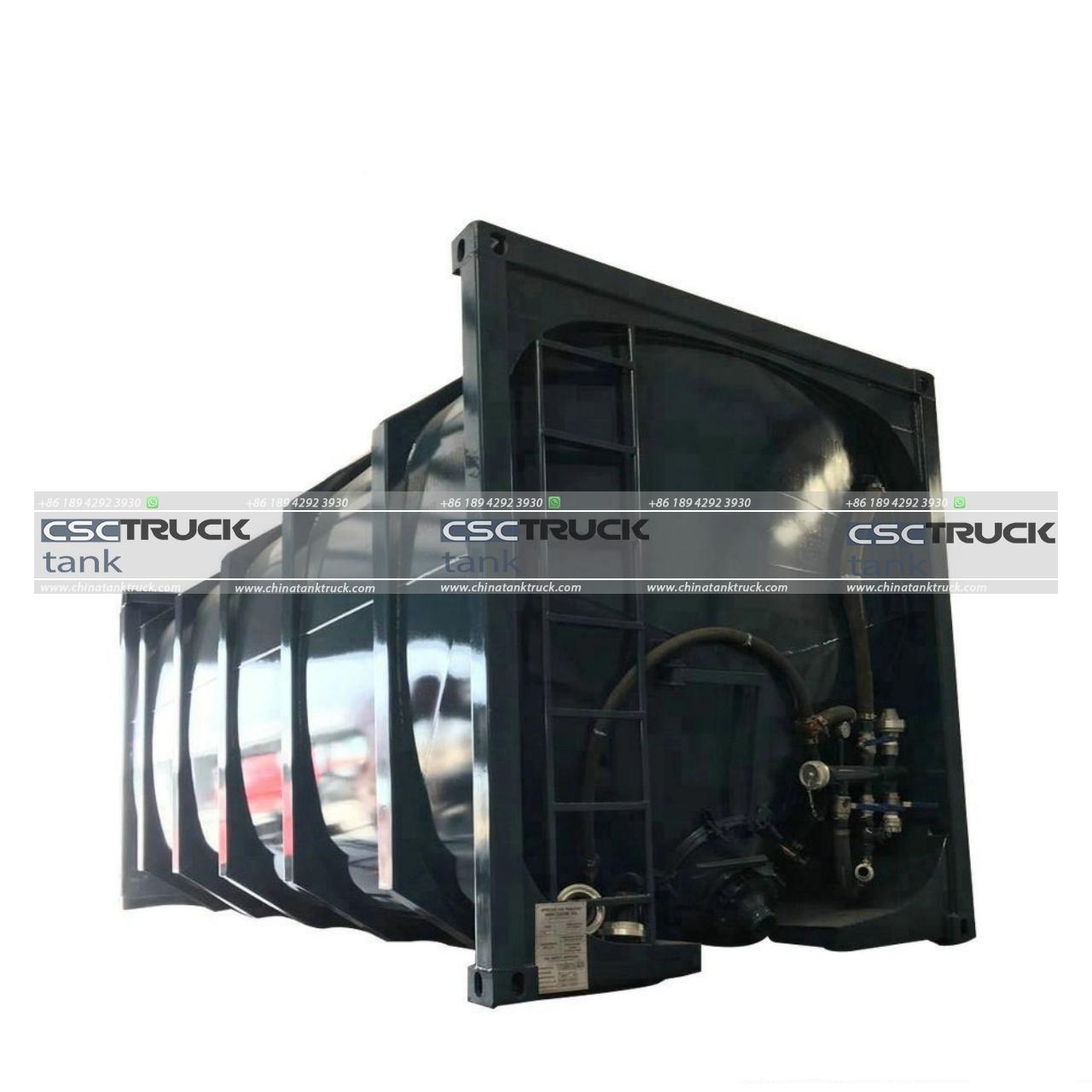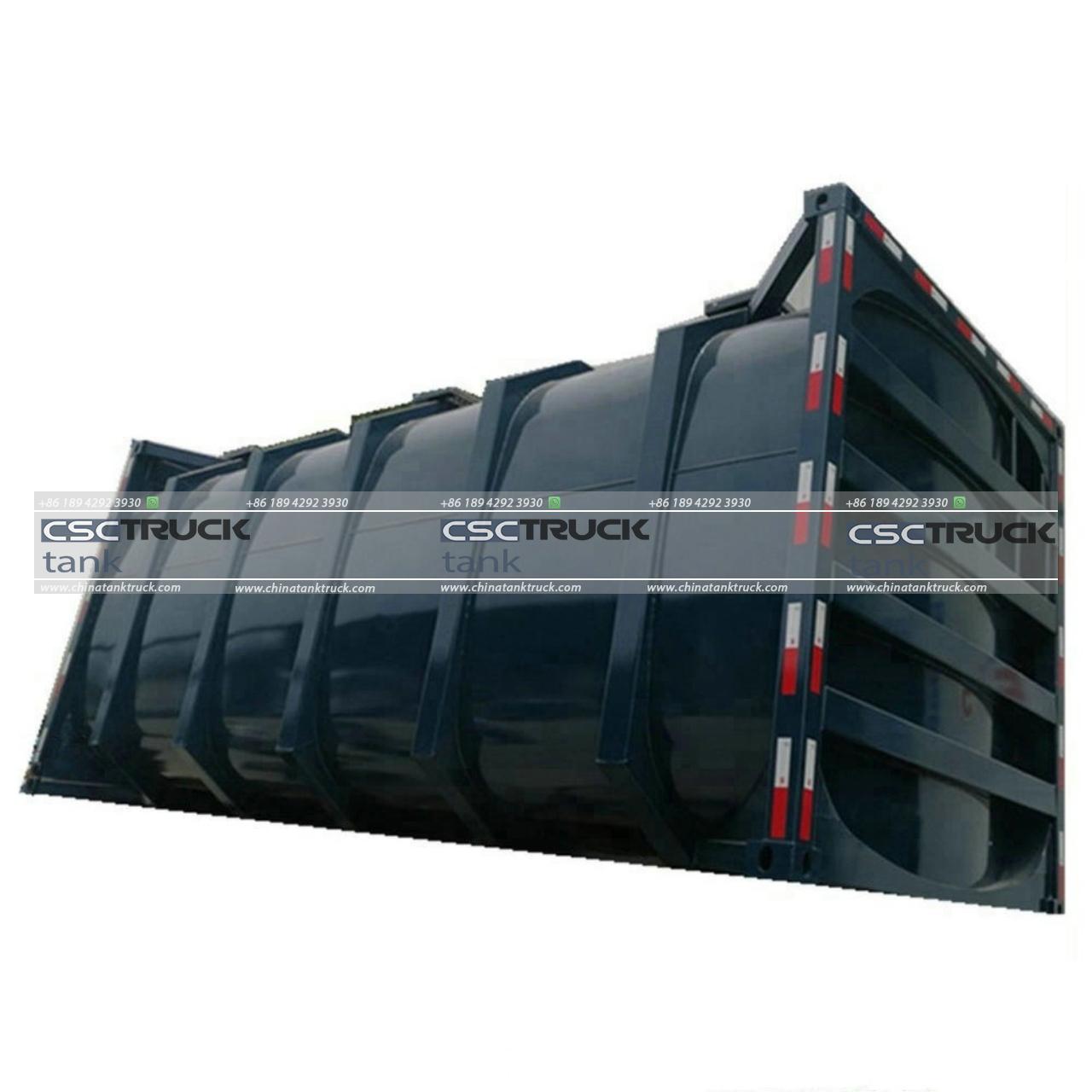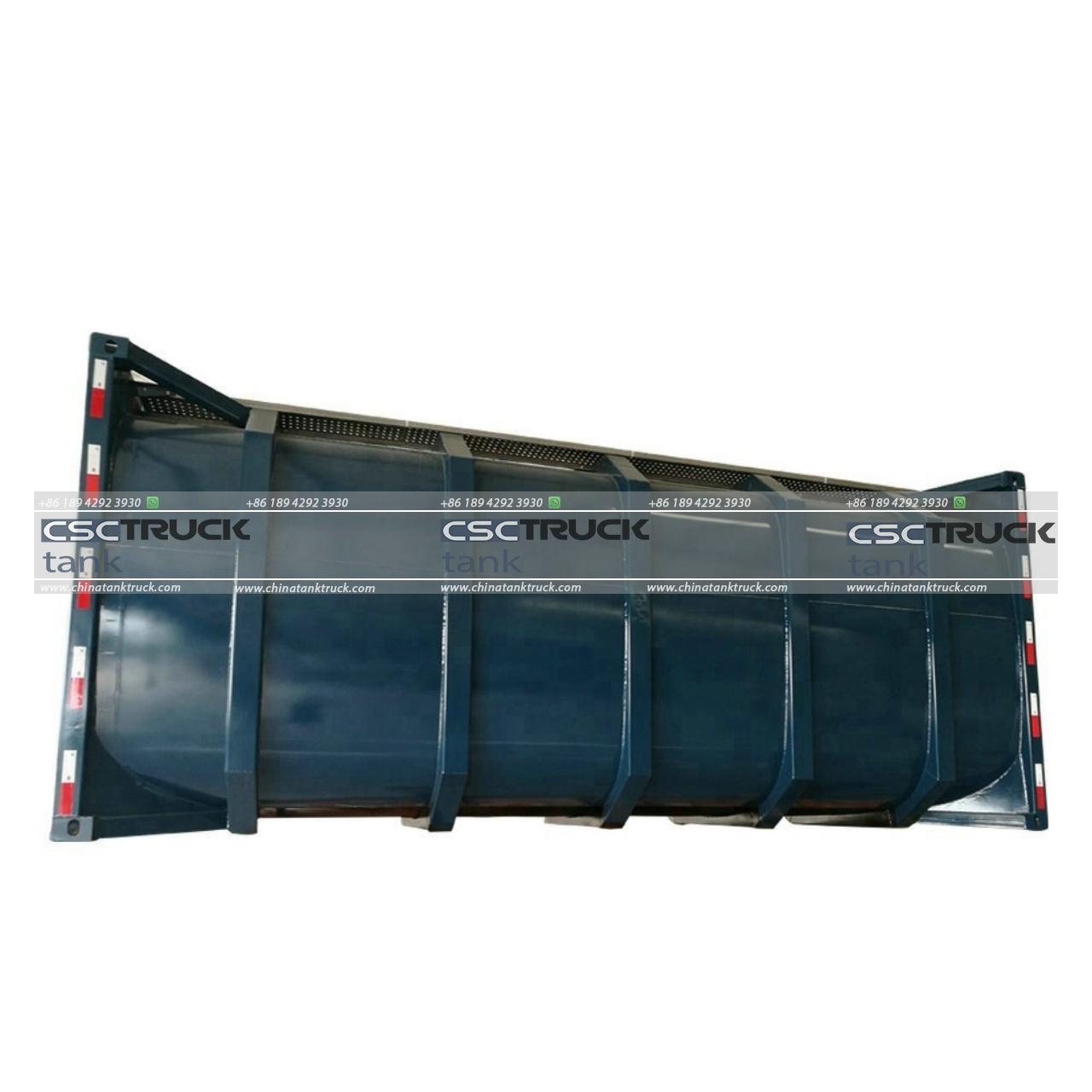How Do You Transport an ISO Tank?
Transporting an ISO tank involves a range of considerations and practices to ensure the safe, efficient, and legal movement of liquid, gas, or hazardous materials. ISO tanks, also known as tank containers, are designed according to the International Organization for Standardization (ISO) standards, which means they adhere to strict guidelines for intermodal transportation across different modes—trucks, ships, and trains. In this article, we’ll explore the key steps and considerations involved in transporting an ISO tank, from preparation to final delivery.
What is an ISO Tank?
An ISO tank is a cylindrical, stainless-steel container housed in a strong frame, typically 20 feet in length. These tanks are used to transport bulk liquids, including chemicals, food-grade products, gases, and even hazardous materials. Unlike traditional bulk liquid transport methods like drums or flexitanks, ISO tanks offer a more secure, standardized method, minimizing the risk of spills, contamination, or exposure.
Types of ISO Tanks
1. Standard ISO Tank: Used for transporting non-hazardous liquids like water, food products, or chemicals.
2. Reefer ISO Tank: Equipped with a refrigeration unit to control temperature-sensitive cargo.
3. Swap Body Tank: Typically larger than a standard ISO tank, used in European markets for liquid bulk transport.
4. Gas ISO Tank: Designed to transport liquefied gases such as propane, butane, or ammonia.
5. Chemical ISO Tank: Specifically designed for hazardous or corrosive chemicals, adhering to stringent safety standards.
Understanding the type of ISO tank is critical to choosing the right mode of transport and equipment.

Step-by-Step Process of Transporting an ISO Tank
1. Initial Planning and Documentation
The transportation of an ISO tank begins with thorough planning. This stage involves several steps:
– Type of Cargo: Identify the type of material being transported (hazardous, non-hazardous, food-grade, etc.).
– Permits: Depending on the nature of the cargo (especially hazardous materials), various local, national, and international permits may be required.
– Regulations: ISO tank transportation is governed by numerous regulations, including the International Maritime Dangerous Goods (IMDG) code for sea transport and the European Agreement concerning the International Carriage of Dangerous Goods by Road (ADR) for road transport. Compliance with these regulations ensures the tank can be transported safely and legally.
Ensure that all the necessary paperwork, such as the Bill of Lading, Material Safety Data Sheet (MSDS), and any customs documents, are in order. Failure to comply with documentation requirements can result in delays, fines, or worse—legal penalties.
2. Preparation of the ISO Tank
Before the tank can be transported, it needs to be prepared:
– Inspection: The tank should undergo a thorough inspection to check for damage, leaks, or contamination. It should be properly certified and comply with all relevant safety standards.
– Cleaning: If the tank was previously used, it must be cleaned thoroughly to prevent cross-contamination, especially for food-grade or chemical products.
– Sealing: Once loaded, the tank should be securely sealed to prevent leaks during transit. Properly fitted gaskets and seals are critical to maintaining the integrity of the tank.
3. Loading the ISO Tank
Loading the ISO tank onto the chosen mode of transport—whether truck, rail, or ship—requires specialized equipment and procedures.
– Lifting Equipment: ISO tanks are usually loaded onto trucks or ships using cranes or specialized lifting machines that can handle the weight and dimensions of the tank.
– Securing the Tank: Once the tank is loaded, it must be secured to prevent it from shifting during transport. This is usually done using twist locks or securing straps, depending on the mode of transportation.
– Weight Distribution: Proper weight distribution is crucial for safety and efficiency. ISO tanks, particularly those filled with heavy liquids, must be loaded in a way that balances the vehicle or ship.
4. Modes of Transportation
ISO tanks can be transported using several methods:
a) Road Transport
Road transportation is one of the most common methods for moving ISO tanks, especially for short to medium distances. To transport an ISO tank via truck, the following steps are involved:
– Truck Compatibility: Ensure that the truck is compatible with ISO containers. Flatbed trailers or container chassis are typically used.
– Permits: Depending on the weight and the nature of the cargo, certain roads may require special permits, especially when transporting hazardous materials.
– Safety Considerations: Road transport comes with its own set of risks, such as accidents, which can lead to spills or contamination. This makes compliance with regulations critical.
b) Rail Transport
Rail transport is ideal for longer distances, particularly across countries or continents.
– Loading and Unloading: Specialized equipment such as gantry cranes or reach stackers are used to load ISO tanks onto rail cars.
– Safety and Security: Rail transport is often considered safer for hazardous materials as it reduces the risk of accidents. However, securing the tank during the journey is vital.
– Efficiency: Rail transport is often more economical than road transport for long distances but requires coordination with intermodal connections.
c) Sea Transport
ISO tanks are designed with sea transport in mind, making them ideal for international shipping.
– Container Ships: ISO tanks are loaded onto container ships using specialized cranes. They are secured on board with twist locks, similar to regular freight containers.
– Regulations: Sea transport of hazardous materials requires strict compliance with international regulations, particularly the IMDG Code.
– Transit Time: One advantage of sea transport is its capacity to handle large volumes, but it can also involve longer transit times compared to other methods.
d) Intermodal Transport
Intermodal transport involves using multiple modes of transportation, such as a combination of rail, road, and sea, to move the ISO tank. The main advantage of ISO tanks is that they are designed for easy intermodal transfers, ensuring that the tank itself doesn’t need to be unloaded or reloaded when switching between modes.
5. Monitoring During Transit
Throughout the transportation process, the ISO tank needs to be monitored to ensure that it remains secure and that there are no leaks or issues. Modern ISO tanks are often equipped with GPS trackers and sensors to monitor conditions such as temperature, pressure, and liquid levels. This is especially important for hazardous materials, which can be dangerous if not properly handled.
6. Unloading and Delivery
Upon arrival at the destination, the tank must be unloaded carefully using the appropriate equipment. Just as in the loading process, it is critical to ensure that the tank remains stable and secure during unloading.
– Decontamination (if required): In cases where hazardous or chemical materials are transported, decontamination processes may be necessary before unloading the cargo.
– Storage and Further Distribution: Once the cargo has been unloaded, it may need to be stored temporarily or transferred to another transport mode for further distribution.

Key Safety Considerations
Safety is paramount when transporting ISO tanks, particularly when hazardous materials are involved. Key safety considerations include:
– Tank Integrity: Regular inspections and certifications are critical to ensuring the tank’s structural integrity.
– Driver Training: Drivers and operators must be trained in handling hazardous materials and emergency procedures.
– Spill Containment: Emergency spill response plans must be in place to handle any potential leaks or accidents.
Conclusion
Transporting an ISO tank involves a complex, multi-step process that requires careful planning, adherence to regulations, and coordination across different transport modes. From securing the appropriate permits to ensuring the tank is safely loaded, transported, and unloaded, each step is essential to ensuring the safe and efficient transport of liquids, gases, and hazardous materials.


